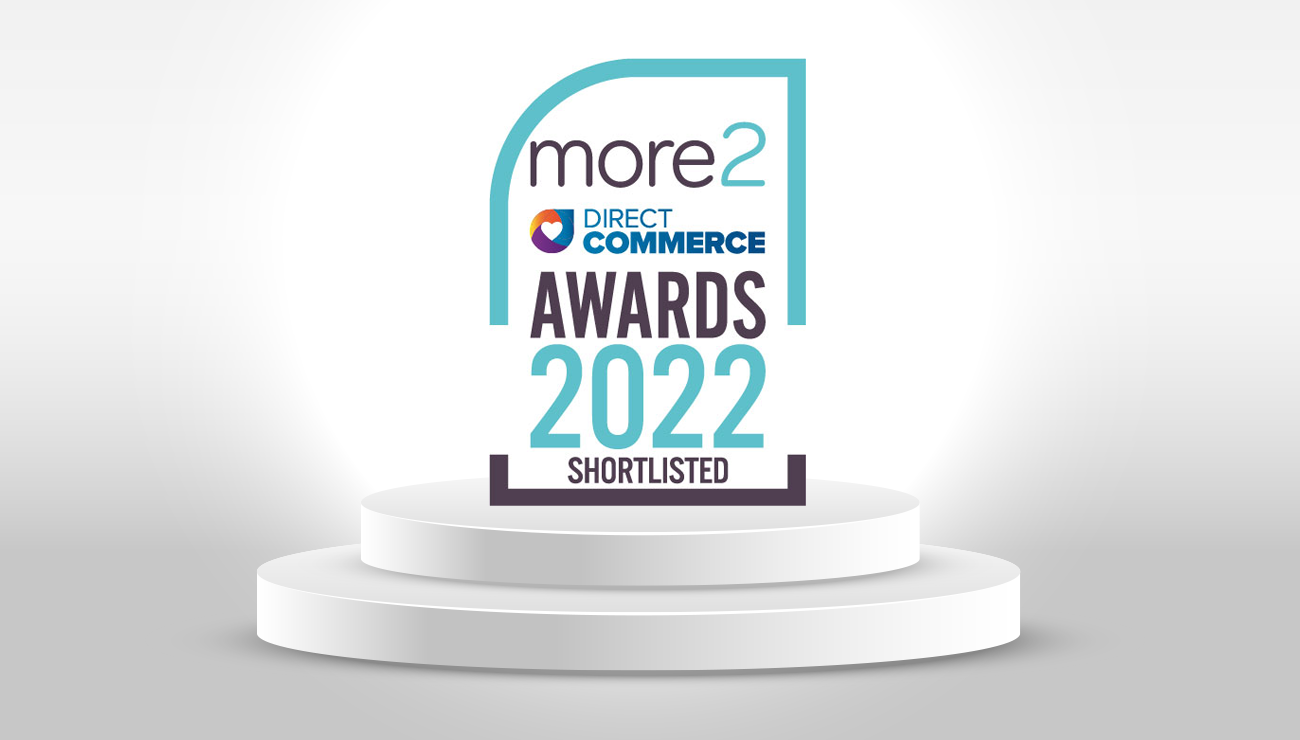Power Up – The Need To Change
Office Power’s CEO, Simon Drakeford, will explore why he believes the traditional office products dealer channel needs to change, how that change can be managed and what life looks like on the other side.
The Need to Change
For the last two years I’ve been working on building Office Power, a system and service platform that is built specifically to help future proof the traditional dealer channel against the huge structural changes that our industry is currently undergoing. Whilst I don’t pretend to be an expert on the traditional channels I’ve now met with a large number of dealers; couple this with my eight years of running the Euroffice Group and I’ve formed some strong opinions on the future of the channel.
One reoccurring observation is that the traditional dealer channel needs to change significantly if it is to continue to prosper. I’d like to explain why I think this.
Huge change is upon us..
The need to change is often a result of change around us. Our industry is going through a huge transition and it’s important to understand this. Consider the end-to-end structure of the industry. (I’m referencing the UK for this article but I believe that there are similarities in both the German and Italian industries.) Picture the historical, complex and multi-layered supply chain from manufacturer through to customer. With manufacturers and vendors selling to wholesalers and distributors, distributors selling to wholesalers and both selling through dealer groups and to individual dealers. Add in different types and sizes of dealers, some significant contract stationers, big box retailers and pureplay resellers and it was all getting a little confusing.
What’s made it all the more perplexing is that, recently, these supply lines have become even more complex and convoluted. Significant mergers and acquisitions (M&A) activity has resulted in some big and broad ‘multi-channel wholesalers’ (e.g. EVO & SPOT), the lines between manufacturer and vendor have become hazy, larger dealers are eating the smaller ones and pretty much every player in the industry is considering or is selling direct to the end customer. Stir this all up with a massive, disruptive, price leading online behemoth called Amazon, sprinkle on some powerful one stop shop retailers like Tesco, and everything is getting a little frenetic.
Unfortunately the sands don’t stop shifting there. You’ve also got to consider the market dynamics. Traditional product is estimated to be declining at six per cent per annum, consumption patterns are changing due to new ways of working (flexible, mobile workforce) and new channels are emerging (mobile and social). There is over capacity, sell price deflation and Eurozone disruption. The buyer is changing generation, sell price visibility is omnipotent and the race to the bottom is underway.
Deep breath.
So what does all this mean for the independent dealer?
Firstly, I believe that the dealer ‘welfare state’ that has been historically provided by the wholesalers will begin to shrink. As they focus on building their own direct channels they will have to decrease some of the funding that has been used to prop up the traditional channel. This could mean less marketing, shallower promotions, lighter sales training, outmoded systems and overall decline in ‘value added’ support. I also think one significant casualty will be the ‘buying groups’ who will either change their models or disappear.
This means it might feel a little lonely for the small to mid-size dealer.
It’s also possible that these ‘multi-channel wholesalers’ might increase the focus on some of the shiny bits of their balance sheets. This may mean tighter payment terms and less forgiving debt management.
A bit disconcerting for cash strapped dealers.
With lower margins and less demand sloshing through the consolidating supply chain there is no doubt that the traditional dealer will come under pricing pressure. Both sell price and cost price. Gross margin or contribution margin is critical to a model which carries a high percentage of fixed costs and needs cash to feed the warehouse.
Something else for the dealer principal to lie awake thinking about.
As the buyer morphs from Baby Boomer, to Gen X and arrives at Gen Y we’ll see a steady adoption of new channels. A multichannel expectation will arise and a credible online channel will need to be backed up with a mobile and social presence.
This requires investment and know how.
As pretty much every part of the supply chain will have end customer strategies there are likely to be a lot more people speaking to the buyer. The savvier shopper will become less loyal and customer retention will be challenged – fighting for each order will be commonplace.
This takes resource and a strong sales focus.
This all sounds very depressing but the office products industry is not the only one to have gone, or to be going, through such structural changes. The mobile industry, where I worked for a decade, went through a similar metamorphosis. Remember in the early noughties when every other shop on the high street was an independent mobile phone shop? Behind the scenes the networks (wholesalers) were building their own direct channels. And then almost overnight the commission (margin) dropped and the high fixed cost retail model became unprofitable for most of the small independents. Mobile phone shops became betting shops but that’s another discussion!
So what does all this mean for the independent dealer? A lot of senior dignitaries in our industry sight significant periods of change over the years and the resilience of the traditional dealer in navigating such times. I recognise and applaud this and understand the fear mongering of false peaks of change. I do however believe that the structural shift that we are currently seeing is to be ignored at cost. I don’t think these are fads, I think they are trends and I don’t think they are going away. I even more firmly believe that doing nothing is no longer an option.
Consequently I believe that businesses with high fixed costs, inefficient distribution models and outdated systems are going to need to change in an economic environment that’s suffering the triple wammy of declining demand, deflating sell prices and increased competition.
Contrary to the tone of this article, I actually believe that the traditional channel has many significant and unique sources of competitive advantage and thatwith the right changes the future is bright. I will explore these in future months.
Perhaps I will end by plagiarising the Father of Evolution:
‘it is not the strongest of the species that survives, nor the most intelligent. It is the one that is most adaptable to change.’





